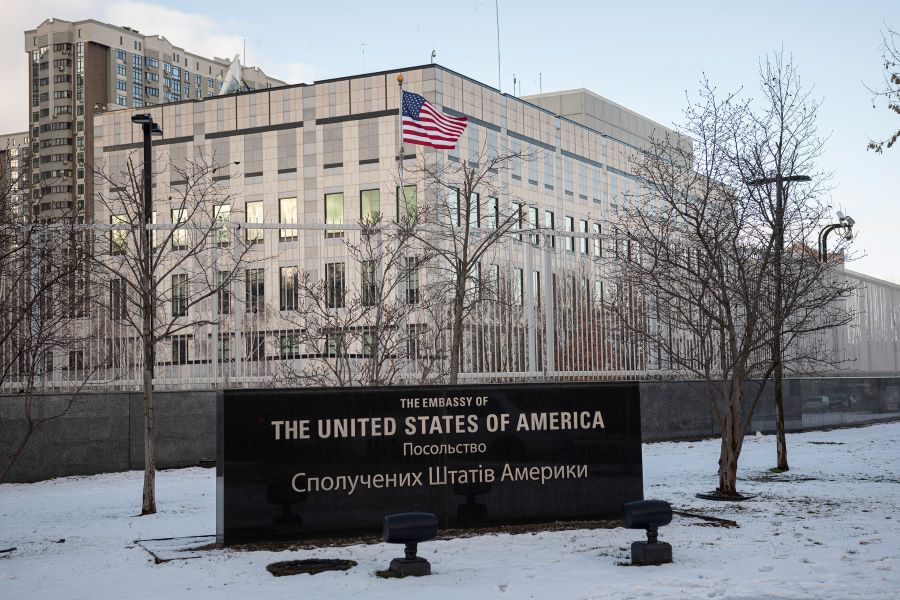
by Katharine Lake Berz | 31 Aug 2023 | Europe, Human Rights, Nationalism, Politics
With an influx of migrants over the past decade, Germany is reconciling to rapidly changing demographics. The idea of German identity is evolving. A woman holds a German flag high. Photo illustration by News Decoder. This article was produced exclusively for News...

by Katharine Lake Berz | 31 Oct 2022 | World
Before Russia invaded Ukraine, Canadian diplomats fled Kyiv, leaving Ukrainian staff behind and raising questions about their role in war. The U.S. embassy in Kyiv, Ukraine, 12 February 2022. The United States, like Canada and some other nations, ordered the...

by Katharine Lake Berz | 1 Feb 2022 | Educators' Catalog, Human Rights, Middle East, University of Toronto Journalism Fellows
Lebanon is suffering one of the worst crises the world has seen in 150 years. The children in one Syrian refugee family have little choice but to work. The Hemo family working in a greenhouse where they earn $10 a day for their labour, November 2021 (All photos by...
More than half a million refugees have fled Ukraine since war broke out one week ago, with more still fleeing the fighting. Throughout history, displacement has gone hand-in-hand with conflict. Decades of violence in Afghanistan displaced more than 2.6 million refugees, with thousands more fleeing last autumn after the U.S. troop withdrawal. (Some, like correspondent Zamir Saar, sought refuge in Ukraine.) According to the UNHCR, since 2011, the crisis in Syria has forced 6.8 million people to leave their country, with another 6.7 million internally displaced.
Now, an estimated 1.5 million Syrian refugees are living in Lebanon, including Sanam Hemo, her husband, and their seven children. While Lebanon provides safety, the country is experiencing a dire economic crisis, leaving no choice but for all family members — even their four-year-old — to work. Katherine Lake Berz, a journalism fellow at the University of Toronto, gives an up-close account of the reality of refugee life for Sanam’s family and how organizations like UNICEF Canada are seeking solutions to child labor.
Exercise: Ask students to put themselves in Sanam and Othman’s shoes. What would they do differently? What would they do the same?



